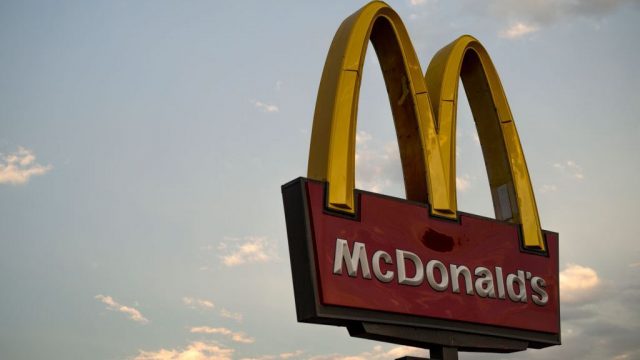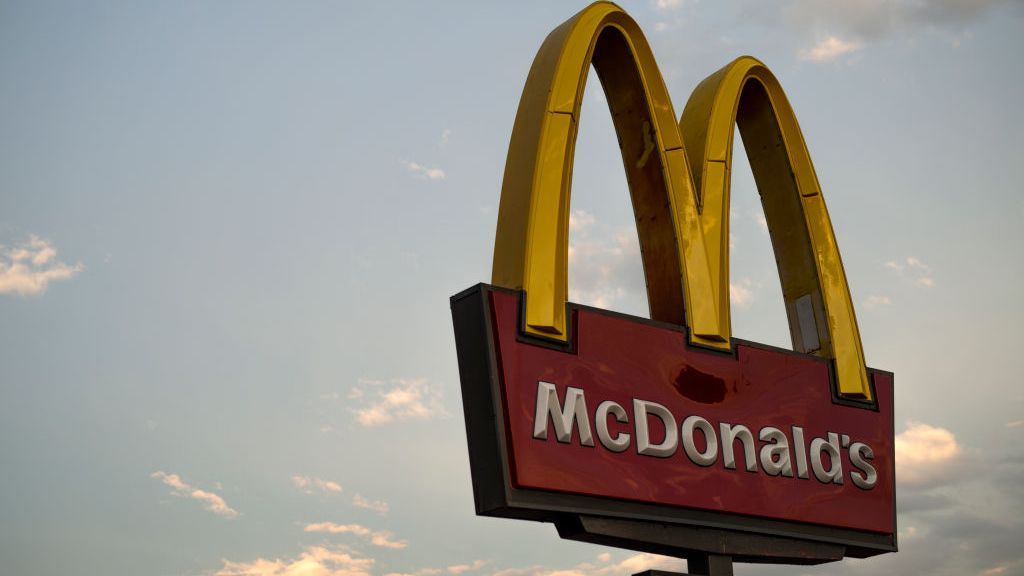
Things are running out of stock seemingly everywhere. Even fast food companies are facing increased pressure due to shortages of key supplies.
McDonald’s pulled milkshakes for several weeks this summer from its 1,250 stores in the U.K. because a shortage of truck drivers meant the fast food giant couldn’t get ingredients. McDonald’s also struggled to supply bottled beverages.
Taco Bell told customers this summer that it was out of several key ingredients, including chicken and beef, which took some of the chain’s most popular items off the menu.
Starbucks has also been hit hard. An internal memo this summer said that up to 25 products could be pulled from retail shelves due to supply chain issues affecting chai tea bags, toffee nut syrup, green iced tea, hazelnut syrup and even some food products.
“We are experiencing temporary supply shortages of some of our products in the U.S,” Starbucks spokesperson Nicholas Sampogna said. “Specific items vary by market and store, and some stores will experience outages of various items at the same time. These supply chain disruptions are industry-wide, and Starbucks is not immune.”
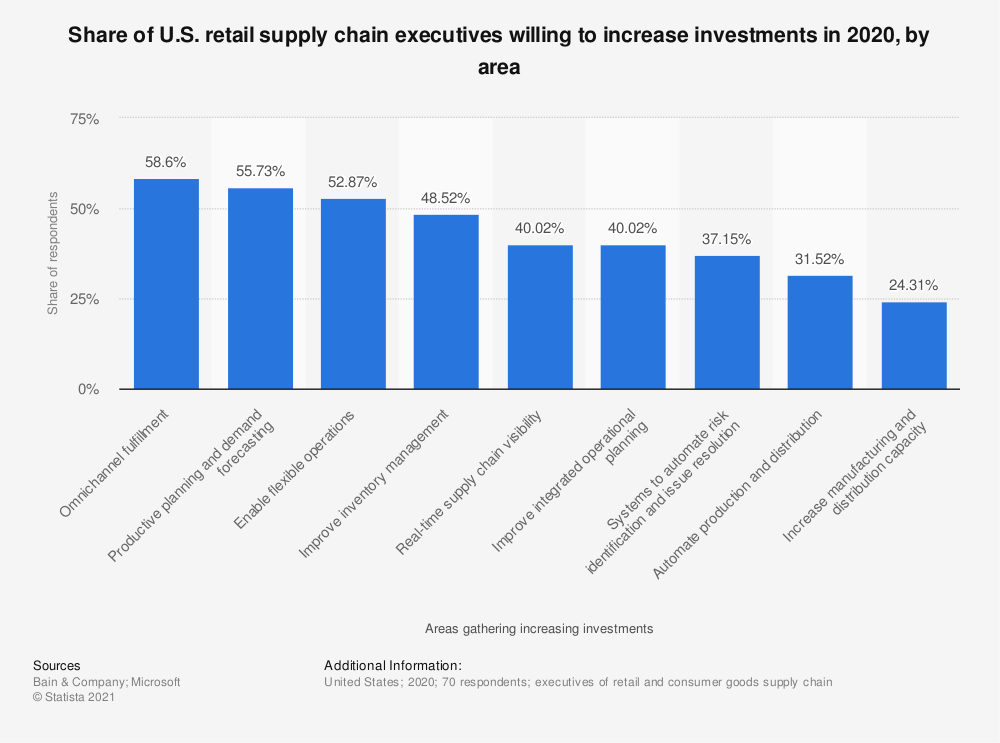
Meanwhile, consumers the world over are dealing with the unavailability of staple items on store shelves.
“It is difficult to get the shipment of raw goods from other parts of the world because of COVID and shortages of shipping containers and delays in the shipping industry,” said Andrea Sordi, academic director for the executive MBA in global supply chain management at the University of Tennessee-Knoxville.
“Adding on to that, the world had a huge increase in their consumption. With lockdowns, people were not going to restaurants and eating out. There has been a huge increase in demand of ready-to-eat and pickup food,” Sordi said.
In addition to foodstuffs, fast food companies and small businesses are also running out of paper bags, takeout containers and straws. Sales of paper used to make takeout bags were up 12 percent in 2020, according to the American Forest and Paper Association, largely due to the closing of in-store dining during the height of the pandemic and the related rise in takeout orders.
Grocery stores are also struggling to stock staple food items, including soup and canned or frozen vegetables. This is due to a spike in demand for products with a long shelf life in addition to supply chain shortages.
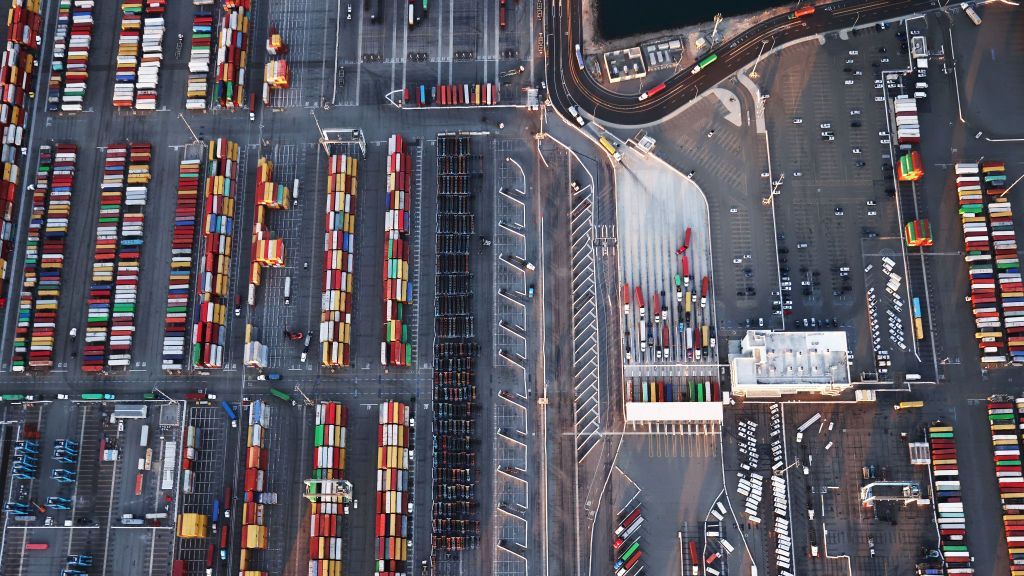
Kroger, the nation’s largest supermarket retailer, states on its website that “extensive supply chain is constantly evolving to meet the needs of our customers and communities,” and in June offered its blueprint for business for other retailers to use.
“While changes occur rapidly, positioning yourself to partner with third parties as needed can limit your risk and ensure minimal impact to your supply chain,” Kroger said, with a list of tips to consider.
Challenges surrounding supply chain management, which is tied to logistics, increased significantly with the worldwide shutdowns ordered during the COVID-19 pandemic. Shortages of food and other items continue as the supply chain seeks to recover from disruptions exacerbated not only by the pandemic, but also by wildfires in the U.S., floods in Europe and China, and drought in South America.
A Gallup poll in August 2021 found that 60 percent of U.S. adults say they have been unable to get a product they wanted in the past two months because of shortages, and 57 percent have experienced significant delays in receiving a product they ordered. Seven in 10 Americans overall have had at least one of these issues, while 46 percent have had both.
“The same poll finds that 83 percent of adults have experienced ‘significant price increases’ in the past two months, another byproduct of the COVID-19-related economic disruptions to manufacturing, shipping and labor supply.
“As would be expected, given the systemic nature of today’s supply chain problems, similar percentages of Americans in all regions of the U.S. report having each of the three challenges tested in the survey,” the Gallup organization said.
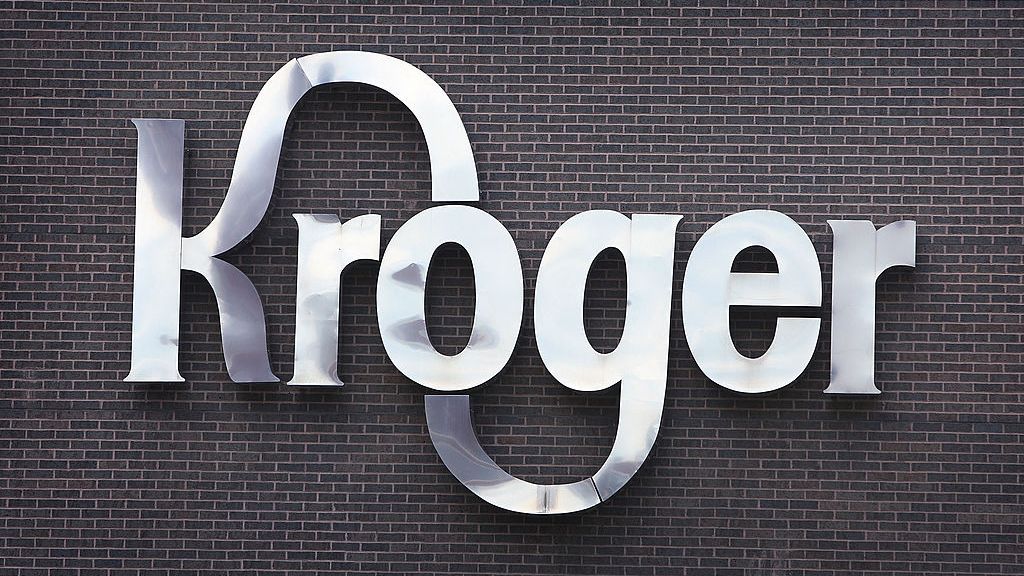
How companies meet the challenges
In the U.K., retailers and their suppliers are working to minimize disruption, said Andrew Opie, director of food and sustainability at the British Retail Consortium. “Retailers are increasing pay rates, offering bonuses and introducing new driver training schemes, as well as directly supporting their suppliers in the movement of goods.”
U.S.-based Progresso Soup has reduced its product offerings from 90 products to 50 in an effort to keep up with demand on its more popular items.
“Coupled with supply realities, any demand spikes or drop-offs will create opportunities and challenges for consumer packaged goods,” a 2020 report by consulting firm McKinsey & Company says.
“Even as companies work nonstop to stabilize their business, we believe it is critical to allocate significant time to planning for the post-crisis phase. It can be as simple as executives spending a few hours every week thinking ahead, or as committed as assigning a specific team responsibility for creating RGM [revenue growth management] plans for 2021 and beyond,” the report says. “To succeed at RGM in the next normal, consumer packaged goods companies need to focus on consumers, shoppers and customers, and define scenarios for each.”
Some companies are simply asking their customers to be patient. Taco Bell, for example, recently posted this message on its website: “Sorry we can’t feed your current crave.”
Some big fast food chains, including McDonald’s and Jersey Mike’s Subs, have been forced to increase prices as supplies dwindle and inflation creeps up. Consumer prices for food away from home jumped 4.7 percent last year and prices for food at home increased 3 percent, according to the Bureau of Labor Statistics’ Consumer Price Index.
Lesson from the top
Supply chain is as much, if not more, dependent on technology (warehouse management, tracking inventory and cargo, identifying bottlenecks, and more) as on transportation.
Technology research firm Gartner in May announced its annual list of “Supply Chain Top 25.”
“The top performers offer valuable lessons in supply chain excellence,” Gartner said.
“After a year in which supply chains had to demonstrate unprecedented levels of agility and flexibility to rise to the challenges of the pandemic and other macroeconomic factors, we found that today’s differentiated supply chains go beyond just efficient logistics; they deliver on their organization’s purpose by: understanding customer value, investing in technology that drives resilience, agility and innovation, and promoting innovation and celebrating successes against ESG [environmental, social and governance] targets.”
For the second year in a row, Cisco Systems topped the list.
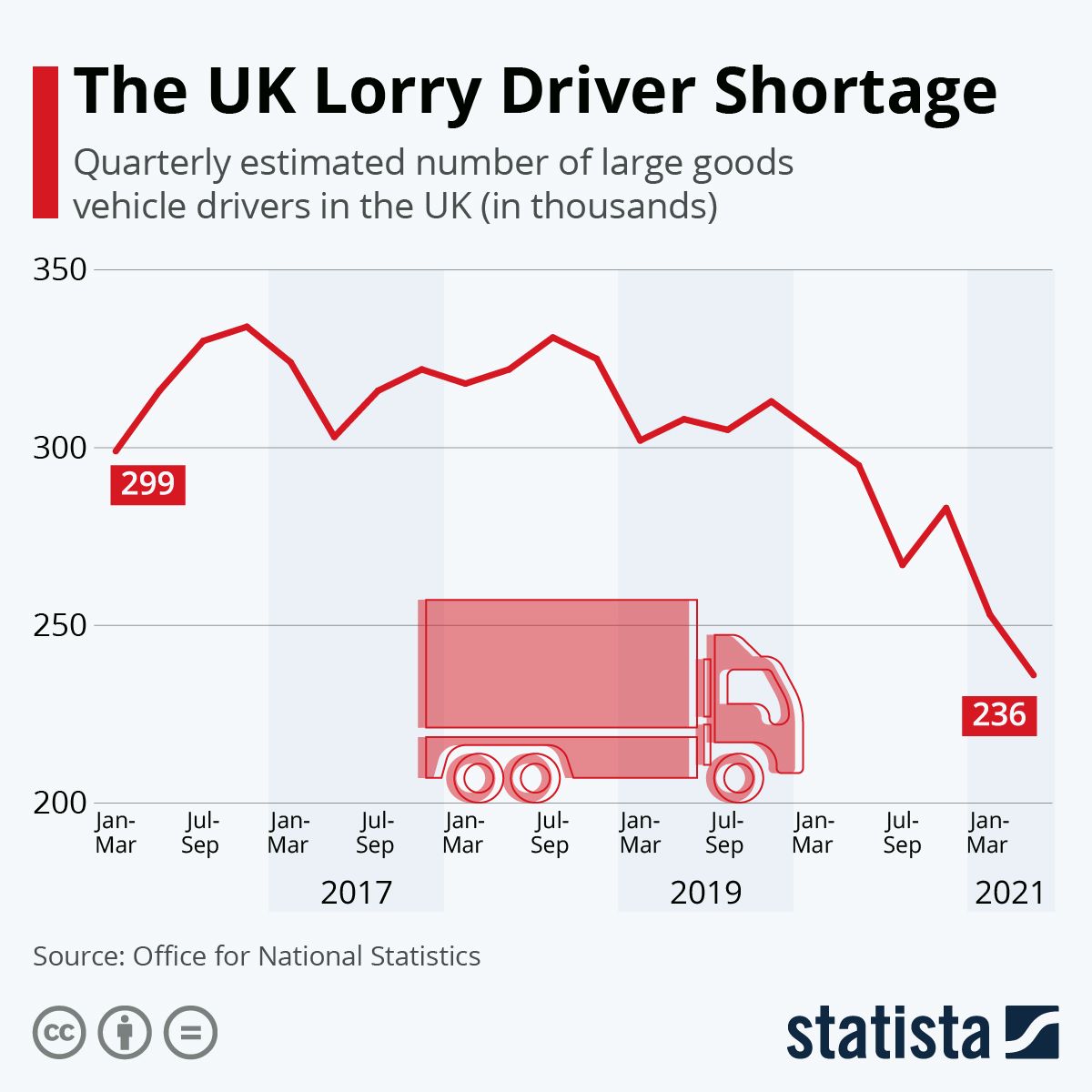
Some supply chain disruptions will take longer to fix
Even after pandemic-related squeezes on the supply chain ease, there will still be problems that will take longer to address.
In the U.K., where McDonald’s ran out of shakes and there may be future shortages, the Road Haulage Association says the truck driver shortage is the result of longstanding issues that pre-date the pandemic and Brexit. While there are pandemic and Brexit-related issues (although Europe is also facing a shortage), the trade group points to the ineffectiveness of recruiting and apprenticeships, the loss of training and testing, low pay, government regulations and other issues for creating a shortage of 100,000 drivers.
Earlier this year, the U.K. trucking group surveyed its members and others in the industry. After 616 responses, it released a report and a 12-point plan, “to tackle the driver shortage and to liaise with government in order to help solve this crisis.”
In the U.S., 68 percent of freight is driven on highways, and there are similar issues resulting in a truck driver shortage, according to the American Trucking Association and others.
In the long-term, autonomous trucking may provide a solution.
President Joseph R. Biden Jr. announced on Oct 13 that the two major ports in Lost Angeles will now operate 24/7.
Edited by Judith Isacoff and Bryan Wilkes
The post Running Out: Can Fast Food Favorites Beat Supply Shortages? appeared first on Zenger News.

